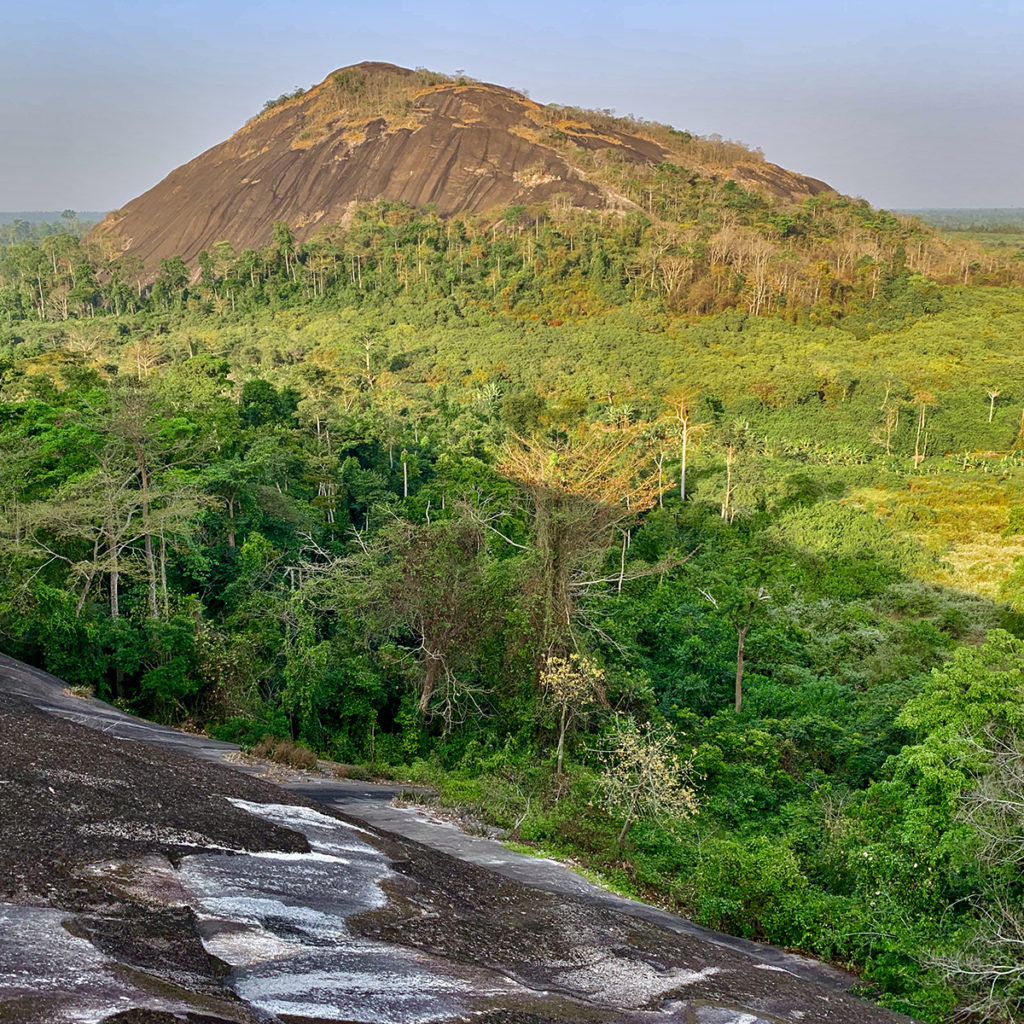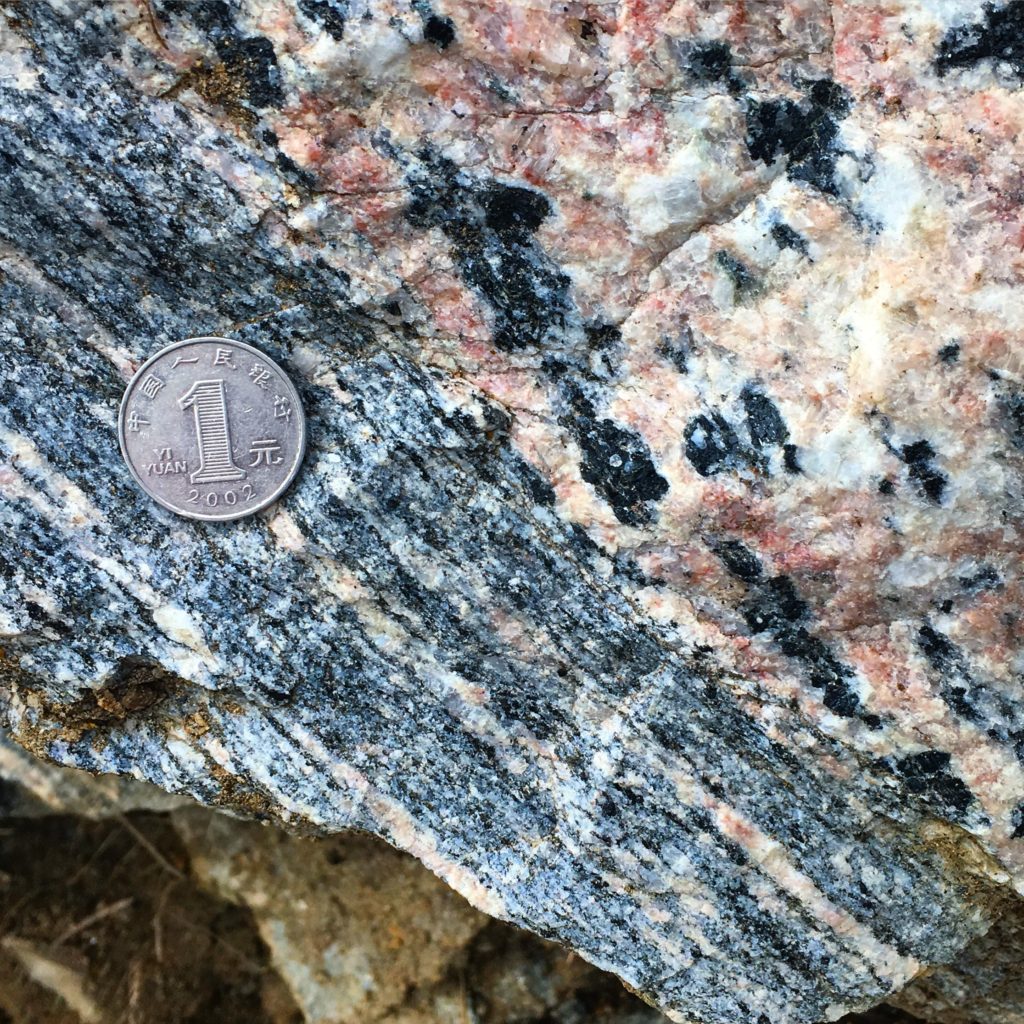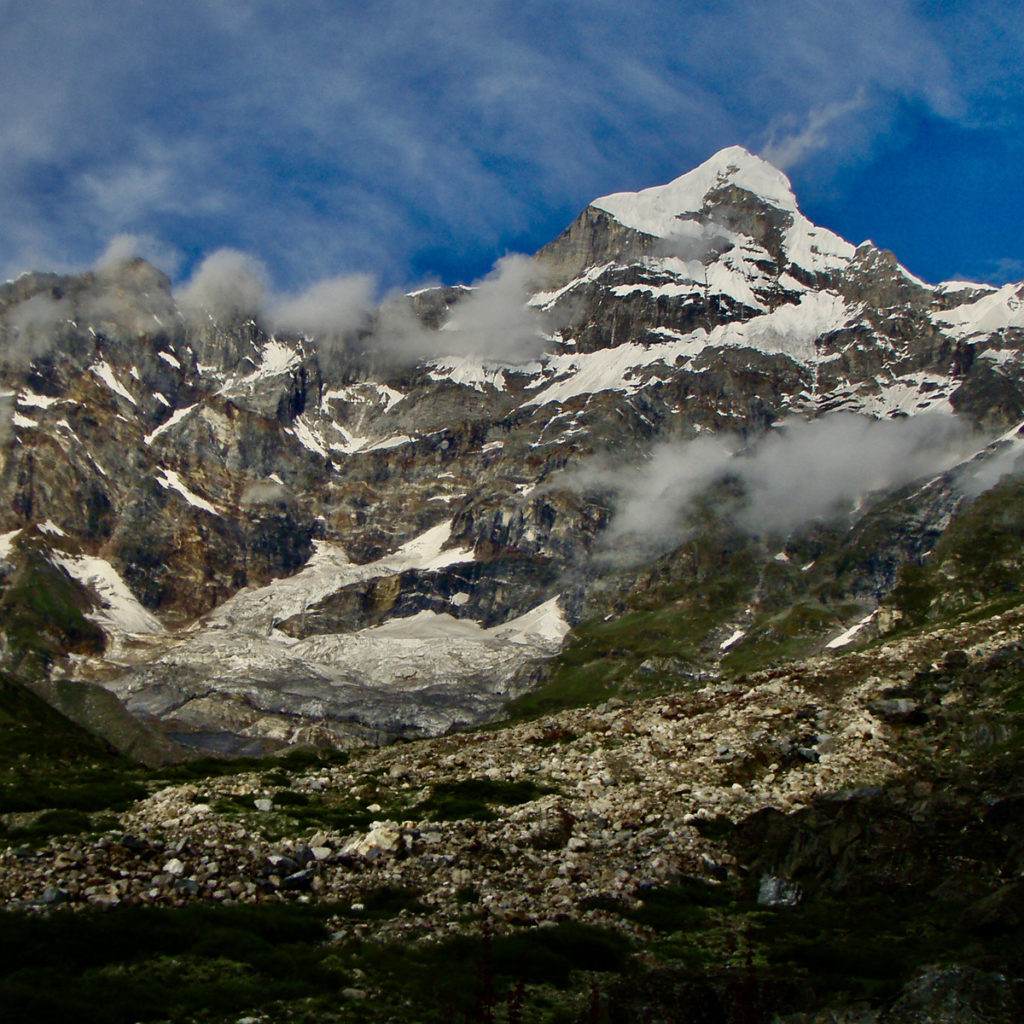Research Overview
The Tectonochemistry and Geodynamics Research Group at Queen’s University is led by Dr. Christopher Spencer who leads an interdisciplinary research program using geochemistry and geodynamics to evaluate tectonic, magmatic, metamorphic, and sedimentary processes on a variety of scale from the planetary to microscopic. Utilizing an array of geochemical techniques, this group’s research focuses on numerous Earth and planetary science problems including, 1) evaluating the evidence for subducted sediment in magmatic arc systems, 2) interrogating the interaction between the mantle convection, crustal evolution, and oxygenation of the atmosphere, 3) exploring the growth and preservation of continental crust, and 4) constraining secular change in mountain building processes through geologic time.
See the links below for more details on individual projects:
The Fate of Subducted Sediment
This research is focused on evaluating direct and in situ evidence of subducted sediment melting in the asthenosphere within supra-subduction ophiolites. Using an array of stable and radiogenic isotopic of sub-Moho granitoid dykes from Oman and UAE these rocks are proving to be some of strangest igneous rocks on the planet. There is lots of exciting work to be done on these rocks with more samples to be collected from New Caledonia, Alaska, and Quebec.

Interactions between the Lithosphere and Atmosphere across the Archean–Proterozoic Transition
The Archean–Proterozoic Transition records some of the most dramatic changes the Earth has seen since the formation of the Moon. These changes are evident from changes in the atmosphere to type of metamorphism and composition of felsic magma. We are using samples from all over the world to investigate the potential linkages between mantle dynamics, emergence of continents above sea-level, flux of nutrients into the oceans, and radiation of biosphere.

Growth and Preservation of the Continental Crust
The continental crust is the archive of Earth history. The oldest oceanic crust is ~280 million years old therefore if we want to query Earth history beyond this point, we must rely on the continental crustal record. Nevertheless, the rate and mechanisms of continental growth along with the influence of plate tectonics on the processes of continental growth and destruction are hotly debated. Using large compiled isotopic datasets and new developed statistical tests, we are constraining the rate and loci of continental growth and destruction.

Secular Change in Orogenic Processes
The theory of uniformitarianism forms the bulwark of modern Earth science. However, the evidence is mounting that geologic processes like continental collision were very different in billions of years ago than they are in the more recent geologic past. By studying recent orogens like the Himalaya and ancient orogens like the Grenville (1.0 billion y.o.) and Kenoran (2.5 billion y.o.) we can evaluate how the higher in mantle temperatures of the Proterozoic and Archean influenced the way continents responded to tectonic stresses.